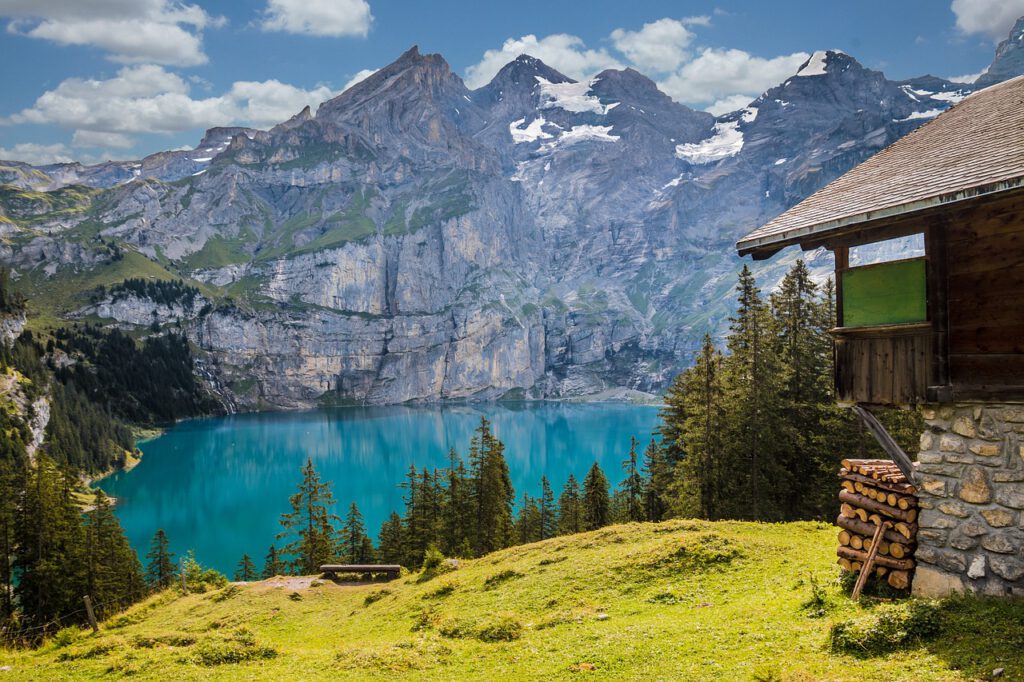The allure of the unknown drives human curiosity, compelling many to venture where few have gone before. One such realm that captivates the adventurous spirit is the subterranean world beneath our feet. This article delves into the caving definition, a practice that takes you into the heart of the Earth, revealing its mysterious and awe-inspiring caverns.

What is Caving?
When we talk about caving, also known as spelunking in the United States and potholing in the UK, we refer to the exploration of caves and underground passages. Caving can be as simple as walking through large, dry caves or as complex as navigating narrow, water-filled tunnels. This activity goes beyond mere exploration; it often involves climbing, crawling, squeezing through tight spaces, and sometimes even diving.
The Evolution of Caving
Historically, caves have been used as shelters, religious sites, and places of artistic expression. The earliest known cave paintings, like those found in Lascaux, France, show that humans have been intrigued by caves for millennia. Modern caving, however, began in the 19th century with European explorers mapping known caverns and discovering new ones. Today, caving is both a recreational and scientific endeavor, with clubs and associations worldwide dedicated to the pursuit.
What Does Caving Involve?
For those unfamiliar with the term, understanding the comprehensive caving definition means knowing what the activity entails. Caving combines physical endurance, technical skills, and a keen sense of adventure. The following elements are typically involved:
1. Equipment
Proper gear is essential for safe and effective caving. Common items include helmets with mounted lights, gloves, sturdy boots, kneepads, and protective clothing. Advanced caving might require ropes, harnesses, carabiners, and other climbing equipment.
2. Navigation
Maps and compasses are indispensable tools for cavers, especially in complex cave systems. GPS devices may not work underground, so traditional navigation methods are often employed.
3. Techniques
Cavers must be skilled in various techniques, from basic climbing and crawling to more specialized practices like vertical caving (single rope technique) and cave diving. Knowledge of these techniques is critical for safely navigating different cave environments.
4. Conservation
Caves are delicate ecosystems, often home to unique flora and fauna. Part of the caving definition involves understanding and practicing conservation principles to protect these environments. Many cavers adhere to the “Leave No Trace” philosophy to minimize their impact.
Why Do People Go Caving?
Understanding the caving definition also encompasses the motivations behind this activity. Whether it’s the thrill of discovery, the challenge, or the serene beauty, people are drawn to caves for various reasons.
Adventure and Exploration
For many, caving represents the ultimate adventure. The challenges of navigating unknown terrains and the potential for discovering new passages or chambers offer unparalleled excitement.
Scientific Research
Caves are valuable to scientists, providing insights into geology, hydrology, and biology. Speleologists (scientists who study caves) often explore these environments to gather data on stalactites, stalagmites, and cave-dwelling organisms.
Physical and Mental Challenge
Caving tests physical endurance and mental resilience. The activity often involves squeezing through tight spaces, climbing vertical shafts, and wading through underground rivers, requiring both strength and strategy.
Spiritual and Aesthetic Experience
Many find a sense of peace and wonder within caves. The natural beauty of subterranean formations and the quiet, isolated environment offer a unique space for reflection and appreciation of nature’s artistry.
Is Caving Safe?
Given its challenges, one may wonder about the safety of caving. While the activity carries inherent risks, proper preparation, training, and caution significantly mitigate these.
Preparation and Training
Many caving clubs and organizations offer training and guided expeditions for beginners. Learning proper techniques and understanding cave environments are crucial for safety.
Being Equipped
Having the right gear, including reliable lighting, navigation tools, and protective clothing, is essential. Always ensure that your equipment is in good condition before heading out.
Respecting Limits
Understanding your own physical limits and those of your group members is vital. Caving should never be attempted solo; always go with a group and inform others of your plans.
Conclusion
Exploring the caving definition opens up a world of adventure, challenge, and discovery. Whether you are an aspiring spelunker or a seasoned potholer, the depth and beauty of the underground world offer endless fascination. With the right preparation and respect for these natural wonders, caving can be a safe and exhilarating way to connect with Earth’s hidden landscapes.



